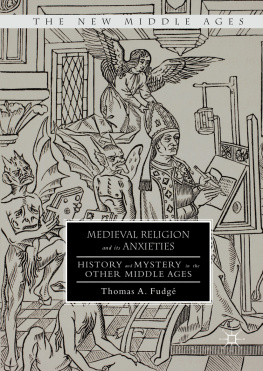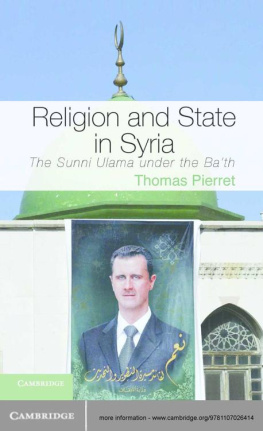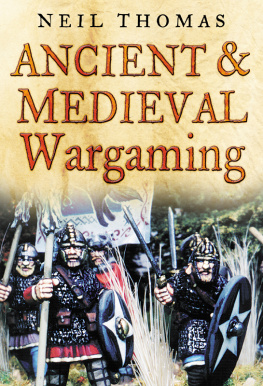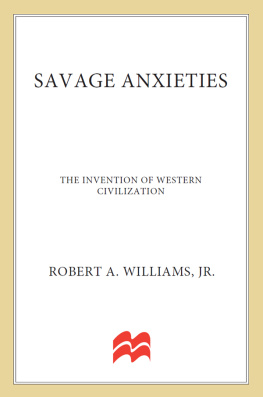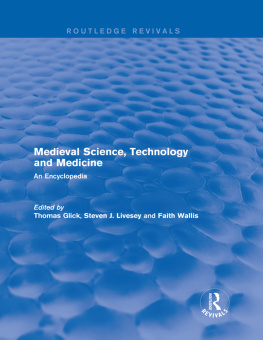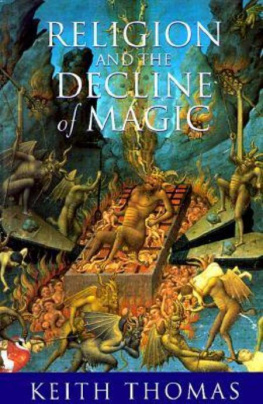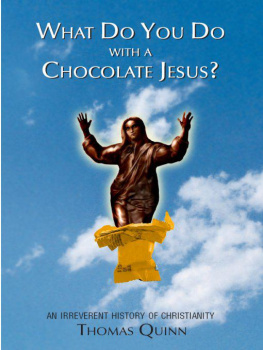1. The Feast of the Ass: Medieval Faith, Fun, and Fear
Commenting on the scandalous carnivalesque Feast of the Ass, Richard of St. Victor, the twelfth-century prior of a famous Augustinian abbey in Paris, drew attention to another side of the Middle Ages. But today, more than other days of the year, they concentrate on fortune-telling, divinations, deceptions, and feigned madness. Today they outdo each other in turn with offerings of observation of silly or superstitious intent. Today, having been seized up by the furies of their bacchant-like ravings and having been inflamed by the fires of diabolical instigation, they flock together to the church, and profane the house of God with vain and foolish rhythmic poetry in which sin is not wanting but by all means present, and with evil sayings, laughing and cacophony and many applaud with the hands of priests, and the people love these things.
One of the more popular medieval farces, the Feast of the Ass ( festum asinorum ) was originally held on Christmas Day but later celebrated on 14 January. Initially, the feast was a celebration of the beast that carried Mary and the infant Jesus to safety in the face of the massacre of the innocents ordered by King Herod. Later, it evolved into a raucous festival. The event was celebrated as a masquerade. Priests and clerks wore masks, dressed as minstrels, women, or pimps, and danced in the choir while singing dishonourable songs. They played games in sacred places. They ran and jumped shamefully throughout the churches without any embarrassment. They scuttled about town on carts and caused great laughter with their vulgar acts, scurrilous gestures, and immoral talk. Masks depicting biblical characters predominated. The most popular was Balaam on his famous talking ass. A monstrously dressed cleric would be chosen as bishop, placed on an ass, facing the tail and would be led into the church for Mass to the shout Balaam comes as the ass entered. Pseudo-Balaam spurred the ass, and on behalf of the beast, someone cried out, why do you spur me so hard, you wretch? whereupon someone else intoned the words, Cease to obey the commands of King Balek. Then the crowd implored the ass to prophesy. At Sens, the choirboys had a custom of calling their archbishop Ass during the festival.
Today is the day of gladness
Away all thoughts of sadness
Envy and grandeur away
We will rejoice with heart and voice
For we keep the Asss Feast today
From eastern lands once there came a modest ass
This ass was fine and very strong
No burden was too heavy
Hee Haw Mr. Ass, Hee Haw
All are taken into the church
By the great strength of the ass
Now he pants before his cart
Drags his heavy burden
Now with strongest teeth he bites
The tough straw in pieces fine
Clean straw and dry chaff
Sharp thistles he eats
Thrashing on the box floor
From early morn till night
Hey, Mr. Ass, you sing Hee Haw
With his flapping ears and long
Lo the harnessed son of song
He is chosen; hear his call
Ass of asses, lord of all
Now say amen, you little ass
You are sated with your straw
Amen, amen, over again
Fly from that which was
Hee Haw, Mr. Ass, Hee Haw.
The ass was then led to the high altar, having been taught to kneel at the proper place while the priest-pretender chanted the refrain: Hee Haw, Mr. Ass, Hee Haw. Then the entire congregation joined in the chorus, with the speaker for the ass taking up the refrain: Hee Haw, Mr. Ass, Hee Haw. This is the famous day, the most famous of all famous days. This is the festive day, the most festive of all festive days. The clerics then turned their garments inside out and danced in the church while all the people looked on and laughed. When the ceremony came to an end, instead of the usual words of dismissal, the priest brayed three times like an ass and in place of the usual, we bless the Lord, the people responded by braying three times in the same manner. These mock religious festivals prevailed from the twelfth through the fifteenth centuries. By the end of the Middle Ages, the church increasingly began to legislate against them. Quite apart from special events like the Feast of the Ass, we find many examples of medieval church visitations wherein gross and blatant irregularities among the religious were notorious. The Feast of the Ass reveals both medieval mentalities as well as anxieties.
The later medieval church made efforts to suppress these activities and their mandates echo the objections raised 300 years earlier by Richard of St. Victor. During session 21, on 9 June 1435, the Council of Basel passed a resolution against performing spectacles in churches.
In some churches, during certain annual celebrations, there are carried on various scandalous practices. Some people with miter, crozier and pontifical vestments give blessings after the manner of bishops. Others are robed like kings and dukes. In some regions this is called the Feast of Fools or innocents, or of children. Some put on masked and theatrical comedies, others organize dances for men and women, attracting people to amusement and buffoonery. Others prepare meals and banquets there. This Holy Synod detests these abuses. It forbids ordinaries as well as deans and rectors of churches, under pain of being deprived of all ecclesiastical revenues for three months, to allow these and similar frivolities, or even markets and fairs, in churches, which ought to be houses of prayer, or even in cemeteries. They are to punish transgressors by ecclesiastical censures and other remedies of the law. The holy synod decrees that all customs, statutes and privileges which do not accord with these decrees, unless they add greater penalties, are null.
These activities and efforts at their suppression reflect aspects of medieval religion and various levels of thinking around religious practice.
The world of the Middle Ages was one filled with devils, witches, horrific demons, flying animals, spirits in the trees and grass, monsters, weird visions, magic, superstition, anticipation of the coming of the antichrist, the danger of an incubus or succubus in ones bed, strange things occurring without explanation, diseases like the Black Death that swept Europe with long deadly strokes, natural disasters, the brevity of life, high infant mortality, cynicism and despair, conflict, crisis, and the coming and terrible end of the world embodied in the haunting lyrics of the thirteenth-century dirge Dies Irae . Official religion and popular beliefs mingled freely and, on the edges of the church world, cultural categories of popular religion evolved and we find glimpses of this in the other Middle Ages.
The definition of medieval popular religion is a fluid one, but it is possible to identify certain common themes and characteristics, namely, that the ideas were most often transmitted orally, that its observance was regulated by particular rituals, that it received its essential identity from the community that embraced it, and finally, that it existed in varying degrees of opposition to the prevalent forms and patterns of official religion. This is not to suggest that popular religion had no meaningful connection to literate, written, institutional, or official forms of religion. Popular religion did not necessarily exclude social lites, nor is it necessarily only the provenance of the lower classes. Indeed, it is purely arbitrary and artificial to attempt to divide either culture or religion into separate categories. What the church did not or could not explain was taken up by the imagination of common people (e.g. barmaids and blacksmiths) and shaped into the numerous rituals and rites of purification and transition that characterize popular culture. Religion in its official, ecclesiastically sanctioned forms, emphasized faith in the unseen. Popular beliefs, on the other hand, constituted an unending quest for certainty and assurance. Popular beliefs and religion frequently acknowledged human inability to control the crises of the late medieval world, and thus, sought either to obtain or control higher power. Popular religion may be regarded in certain ways as a manipulation of power. These power struggles caused popular religion to undergo tremendous metamorphoses by the later Middle Ages.

